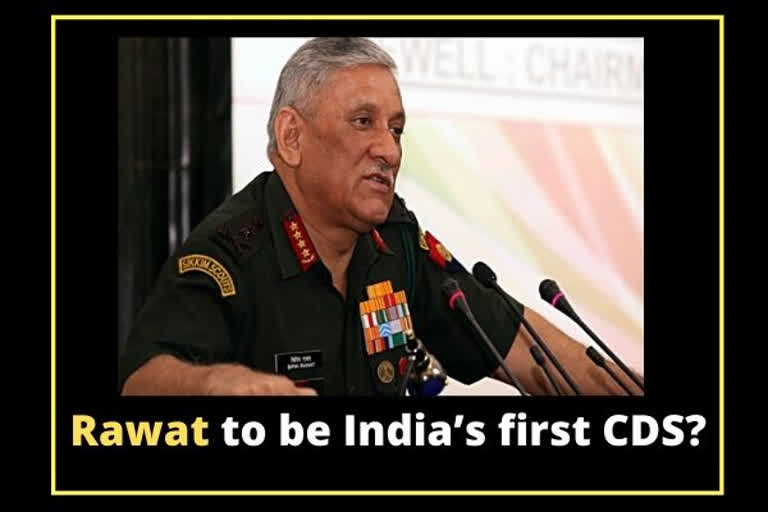New Delhi: With the Cabinet Committee on Security (CCS) reported to have cleared the name of Army Chief General Bipin Rawat’s name to be the country’s first Chief of Defence Staff (CDS), the announcement remains but a formality.
On December 31, 2019, when he walks out of his South Block office, on his last day as Indian Army Chief, Gen Rawat can confidently look back at a tenure of significance that may well stand out as a watershed period with regard to military reforms, policies, operations and approach.
As India’s first CDS, he will man a powerful post that will be the government’s one-point stop on all things military and will be the secretary of the new department of military affairs to be created under the defence ministry. The CDS will also head the newly-created cyber, space and special forces commands.
A four-star general, the CDS will be the first among equals—the others being the army, navy and the air force chiefs—and his salary scale will be the same as the three service chiefs who are also four-star officials.
This decision is in keeping with the recommendations of the 2012 task force headed by former cabinet secretary Naresh Chandra which had sought the creation of a post of the permanent chairman of the Chiefs of Staff Committee.
Without doubt, General Rawat would have overseen one of the most-action packed tenures of Indian Army chiefs. Many key policy decisions involving military operations and administration had been taken during his time.
Take for instance the Integrated Battle Groups (IBG) which may change the way battles in India are fought. An unprecedented and novel exercise ‘Himvijay’ that was undertaken in Arunachal Pradesh’s forbidding heights before the high passes closed down with heavy snow in late October. And if the results of the exercise are as expected, one of the most important changes of the war tactics of the Indian military will be witnessed.
It will mean IBGs taking over the battlefield from the decades-old tactic of leading the war front with Strike Corps. Lean, mean, agile and self-contained military units will lead the foray into enemy territory in surgical style as opposed to the forward movement of the Strike Corps juggernaut.
